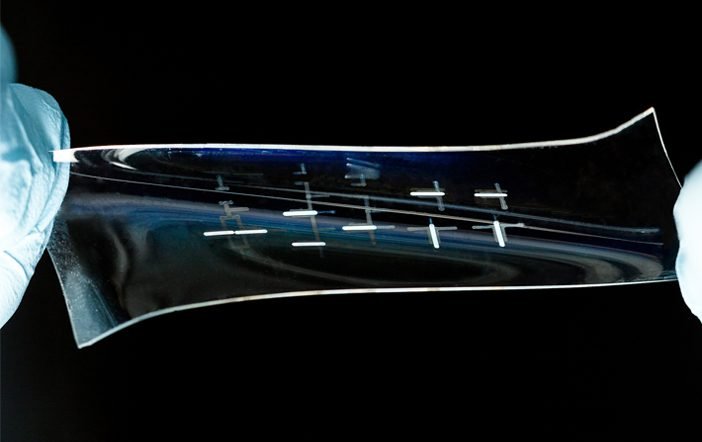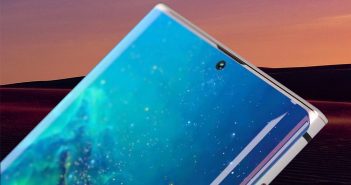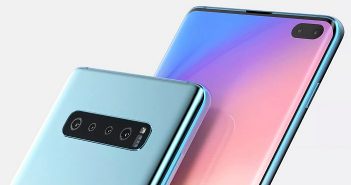Have you ever thought of an ultra thin smart tablet that can be stretched from small to a large size display? Or a rubber band-like wrist monitor which could take care of your fitness activity tracking using various sensors; Or else, a wallpaper which can be used as an electronic display. These thoughts may soon be a future reality.
The first ever stretchable integrated circuit have developed by the Engineering researchers at Michigan State University (MSU) using an inkjet printer. This has increased the opportunity for low-cost mass production of smart fabric.
Chuan Wang who is the assistant professor of electrical and computer engineering at MSU said that the stretchable smart fabric which is developed in the lab could be used in some of the potential devices. As the material for the production of such smart fabric can be performed on a standard printer, the material can offer the main possible cost advantage over the current technologies which are quite expensive to manufacture.
The cost of producing the flexible electronics could be comparable to the cost of newspapers printing by the use of the new technology. The researchers will work soon on the printed display which could be easily stretched to larger sizes, also could be integrated into wearable electronics and soft robotics applications, Wang added.
The smart fabric is prepared from a number of materials fabricated from the nanomaterials and organic compounds. Later, these compounds are suspended in a solution to make different electronic inks which could be run through the printer to produce the devices.
Wang and his team have used the ink to produce the elastic material, the circuit, and the organic light-emitting diode (OLED). Furthermore, the team is combining the circuit and the OLED into a solitary pixel. This step will require an estimated period of one to two years to complete. Generally, the screen on a smart tablet or a large display consists of millions of pixels below it.
Once the researchers combine the OLED And circuit into a working pixel successfully, the smart fabric can be rolled out for commercial purpose.
Wang said that the stretchable electronic fabric will be flexible and foldable which could allow users to fold their devices without breaking. On the contrary, the flexible electronics material technology that is used currently doesn’t allow foldable features.
Image Credit: MSU




